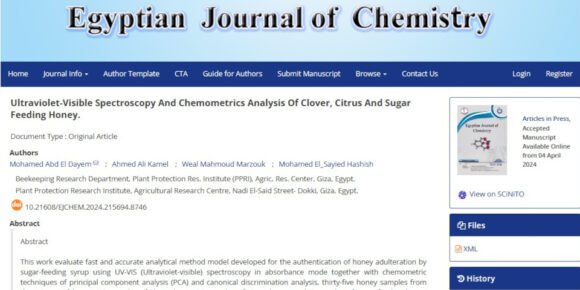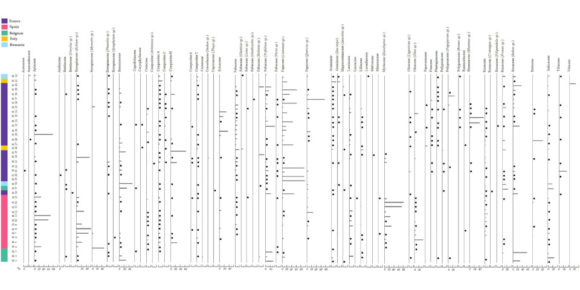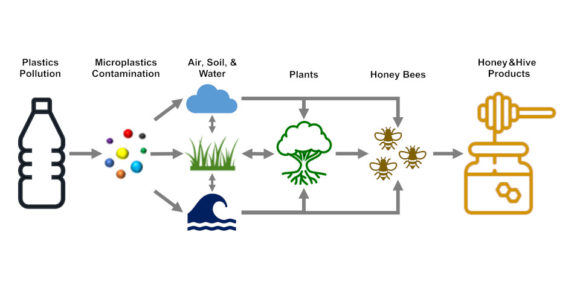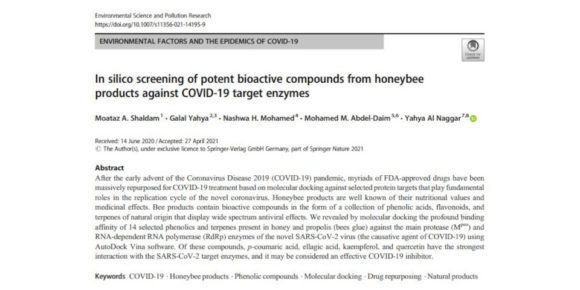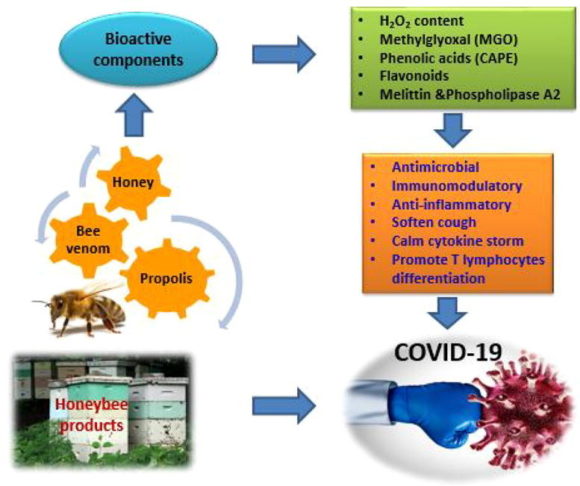An Overview of Egyptian Honey Types From North to South
Beekeeping has been practiced in Egypt as an important economic activity since the pharaonic civilization. The Egyptian flora has a variety of bee plants that serve as sources of nectar for bee colonies. Over the years, beekeepers have honed their skills to track flowering areas to produce different types of unique honeys. Consumers’ attitudes have…







